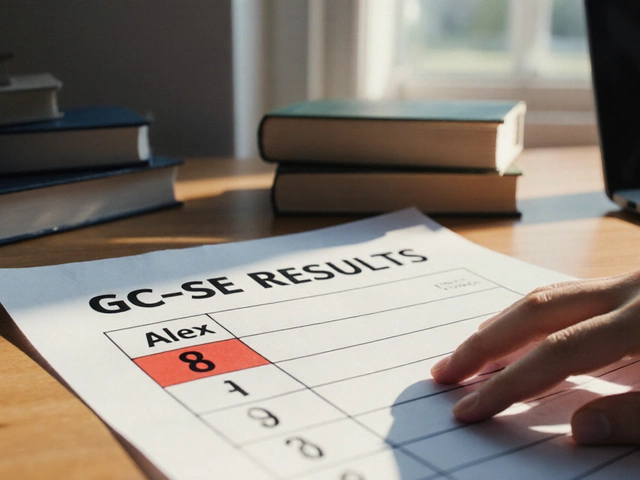Educational Strategies That Actually Work in Real Classrooms
Ever feel like you’re trying out a new teaching trick every week and none of them stick? You’re not alone. The good news is that a handful of solid strategies can make a big difference without adding extra work. Below are the most practical ideas you can start using today, whether you’re a classroom teacher, a private tutor, or a student looking to study smarter.
1. Keep Lessons Short and Focused
Research shows attention spikes in the first 10‑15 minutes, then drops. Break a 60‑minute lesson into three mini‑segments: a 10‑minute grab‑attention activity, a 30‑minute core lesson, and a 10‑minute wrap‑up. The mini‑segments give students clear goals and give you natural checkpoints to see if they’re following.
Try a quick poll or a one‑sentence summary at the end of each segment. If most students can’t recap, you know exactly where to spend extra time before moving on.
2. Use ‘Explain‑Like‑I‑Am‑Five’ (ELI5) Checks
When a concept feels heavy, ask learners to explain it in plain language. This forces them to translate jargon into everyday words, which solidifies understanding. Pair it with a simple visual – a doodle, a diagram, or a short analogy – and you’ve turned a complex idea into something memorable.
In a tutoring session, you might say, “If you were teaching this to a friend who never heard of it, how would you put it?” The answer often reveals hidden gaps you can fix on the spot.
These two strategies alone can raise engagement and retention. But there are a few more tricks that fit nicely into any teaching style.
3. Mix Up the Delivery Mode
People learn differently: some need to hear, others to see, and a few to do. Rotate between brief lectures, quick videos, hands‑on activities, and peer‑to‑peer explanations. Even a 2‑minute video clip can break monotony and give visual context to a textbook paragraph.
For online tutors, share a short screen‑recorded demo. For classroom teachers, use a quick group‑work task where students solve a problem on a sticky note. The variety keeps brains alert.
4. Set Tiny, Measurable Goals
Instead of “understand fractions,” aim for “solve three fraction problems correctly in five minutes.” Small, clear targets let learners see progress instantly, which fuels motivation. Celebrate those wins with a quick high‑five or a simple badge.
When you track progress, you also collect data on who needs extra help – a win for both students and educators.
5. Build a Feedback Loop
Feedback should be immediate, specific, and actionable. Rather than saying, “Good job,” point out exactly what worked: “Your use of the diagram helped you compare the two fractions clearly.” If something missed the mark, suggest one concrete tweak for the next attempt.
Encourage students to give you short feedback too – a quick note on what confused them. This two‑way flow creates a classroom culture where improvement feels normal, not punitive.
Putting these strategies together creates a flexible framework that adapts to any subject or age group. Start with one or two ideas, watch the results, then add more as you get comfortable. The key is consistency: practice the same approach for a few weeks, then assess what clicks.
Ready to try? Pick a lesson you teach next week, break it into short segments, add an ELI5 check, and watch how quickly students start to engage. You’ll be amazed at how much smoother the class runs when you give learners clear, bite‑size steps and the chance to show what they really know.






